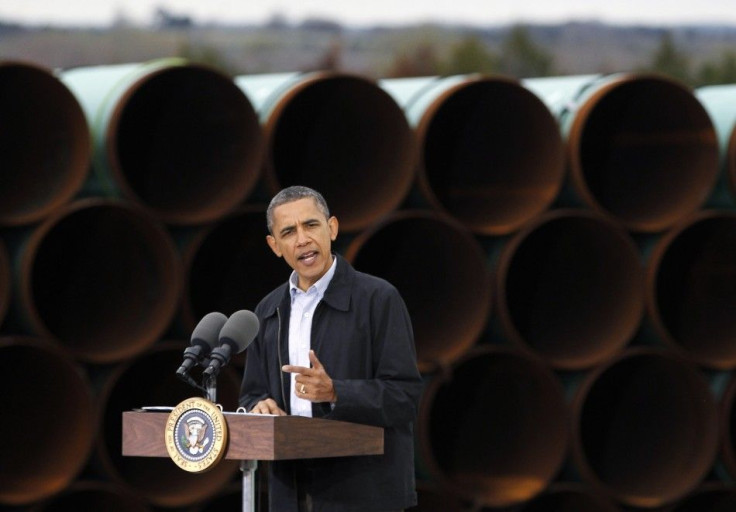Despite Oil Glut, ONEOK Plans Pipeline To U.S. Oil Hub

ONEOK Partners, L.P. (NYSE: OKS), one of the largest natural gas distributors in the U.S., announced on Monday it will invest up to $1.8 billion in the construction of a pipeline connecting the Bakken oil fields in North Dakota with an oil-transport hub in Oklahoma.
The 1,300-mile pipeline is expected to have the capacity to transport 200,000 barrels of oil a day, and is being planned to handle an increased need to move crude oil to market as the Dakotan oil fields step up their production. But it will also bring additional crude where there is already an oversupply, and no available pipeline capacity to move the oil to the Gulf Coast, where it is refined.
The pipeline is expected to be completed by 2015, with construction possibly starting as soon as 2013, ONEOK said.
As producers continue to aggressively develop crude oil from wells in the Bakken Shale, more crude-oil pipeline takeaway capacity will be required, said Terry K. Spencer, ONEOK president.
The existing pipeline system in the U.S. does not have the capability and capacity to transport the amounts being extracted, causing an oversupply in crude and natural gas in Oklahoma, with nowhere to go.
Cushing, Okla., is the oil hub of the continental U.S. Roughly three dozen pipelines run through the town, the first stop for much of the nation's crude before it gets shipped off to Gulf Coast refineries.
Megan Washbourne, a spokeswoman for ONEOK, said by the time the company's pipeline is operational, it will be complemented by several other projects designed to alleviate the crude oil bottleneck in Cushing.
Our proposed pipeline will provide producers with efficient and reliable transportation of their product to the Cushing, Oklahoma, market hub where there continues to be a high demand for light, sweet crude oil, Washbourne said. By the time our project is complete, the other announced projects taking crude oil away from Cushing will also be complete.
Andy Black, president of the Association of Oil Pipe Lines, said ONEOK's project, he assumes, takes into account future developments in the transportation of crude in the U.S.
Black said TransCanada's southern leg of the Keystone XL Pipeline, the reversal of crude oil in the Seaway Pipeline from Cushing to the Gulf Coast, and in the Longhorn Pipeline from the Permian Basin in West Texas to Houston, probably factored into the company's plans when financing this new pipeline.
I have to assume they know how the market will develop, Black said, adding there are several projects that will take pressure off Cushing by redistributing oil to other parts of the country.
William Sattre, a volume control analyst with the Natural Gas & Energy Association of Oklahoma, said additional oil is will get stuck in a bottleneck in Cushing. His solution is that pipeline operators should reduce their imports of oil from outside the U.S. flowing into Cushing, so that the region's pipelines will be able to accommodate the extra oil coming from domestic sources.
Yet according to Mike Bernard, president of the Mid-Continent Oil and Gas Association of Oklahoma, the planned pipeline can only be a good thing.
The more infrastructure the better, Bernard said. All these pipelines will be needed in the future.
Calls to ONEOK were not returned by press time.
In Monday trading, ONEOK in New York fell 90 cents to $54.03.
© Copyright IBTimes 2024. All rights reserved.


















